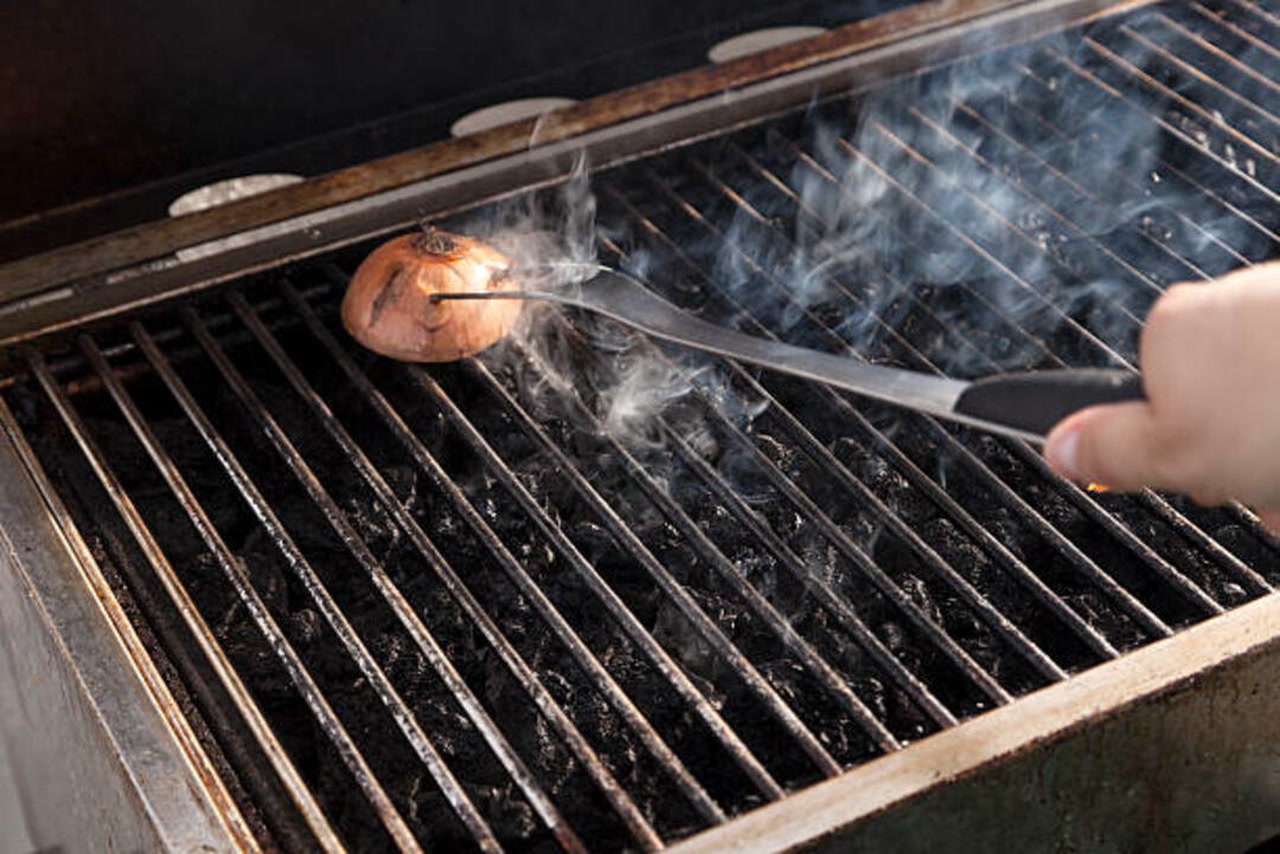Grill Grate Size Chart: A Guide for Barbecue Lovers
Written By James Morgan
For many barbecue enthusiasts, the heart of any great cookout is the grill. Whether you're a seasoned pro or a weekend warrior, understanding the nuances of your grill can make all the difference. One of the most critical aspects of grilling is the size of the grill grates. Knowing how to choose the right grill grate size chart can enhance your cooking experience and ensure your barbecue is a hit with friends and family.

Understanding the Importance of Grill Grate Size
The grill grate is where the magic happens. Its the interface between your heat source and your food. Therefore, the size of your grill grate plays a pivotal role in how efficiently your grill operates. A well-sized grate allows for optimal heat distribution, which is essential for even cooking.
Choosing the correct size can be daunting, especially with the various options available today. From small portable grills to large multi-burner setups, the grill grate size chart helps you navigate through the different sizes and find the perfect fit for your grilling needs. Understanding grate sizes can also aid in deciding when it's time to replace your grates. You can read more on when to replace grill grates for optimal performance.
How to Measure Your Grill Grate
Measuring your grill grate is an essential step in ensuring you get the right fit. To measure, simply take the width and depth of your existing grate. Its important to measure from end to end, including any tapering that might occur at the edges. For a more detailed guide, check out our article on how to measure grill grates.
Different Types of Grill Grates
Grill grates come in various materials, each offering unique benefits. Common materials include cast iron, stainless steel, and porcelain-coated grates. Each material has its pros and cons, impacting heat retention, durability, and maintenance.
Cast iron is known for its excellent heat retention, making it ideal for searing. Stainless steel is durable and resistant to rust, while porcelain-coated grates offer easy cleaning and are non-stick. Understanding these differences can help you choose the right grate for your cooking style.
Customized vs. Universal Grates
When it comes to grill grates, you also have the option of choosing between customized and universal grates. Customized grates are designed specifically for your grill model, offering a perfect fit and optimized heat distribution. On the other hand, universal grates are adjustable and can fit a variety of grill models, offering flexibility and convenience. For more on this topic, explore the universal vs. custom grates debate.
Maintaining Your Grill Grates
Proper maintenance of your grill grates can extend their lifespan and improve cooking performance. Regular cleaning is vital to prevent food buildup and rust. Seasoning your grates with oil can also prevent sticking and enhance flavor. For detailed cleaning tips, visit how to season grill grates.
FAQ Section
What is the best material for grill grates?
There isn't a one-size-fits-all answer as it depends on your cooking style. Cast iron is great for searing, while stainless steel offers durability and rust resistance. Porcelain-coated grates are easy to clean and provide a non-stick surface.
How do I know when to replace my grill grates?
If your grates are rusted, warped, or have significant wear and tear, it might be time to replace them. Regular inspection and maintenance can prolong their life.
Can I use universal grates on my grill?
Yes, universal grates are designed to fit a variety of grill models. They offer flexibility and can be a cost-effective option if you have multiple grills or change models frequently.

Conclusion
Understanding the grill grate size chart is crucial for any barbecue enthusiast. It not only improves cooking efficiency but also enhances the overall grilling experience. Whether you're replacing old grates or buying a new grill, the right grate size can make all the difference. For further exploration of grill science and the benefits of different grate materials, check out science of grill grates.



